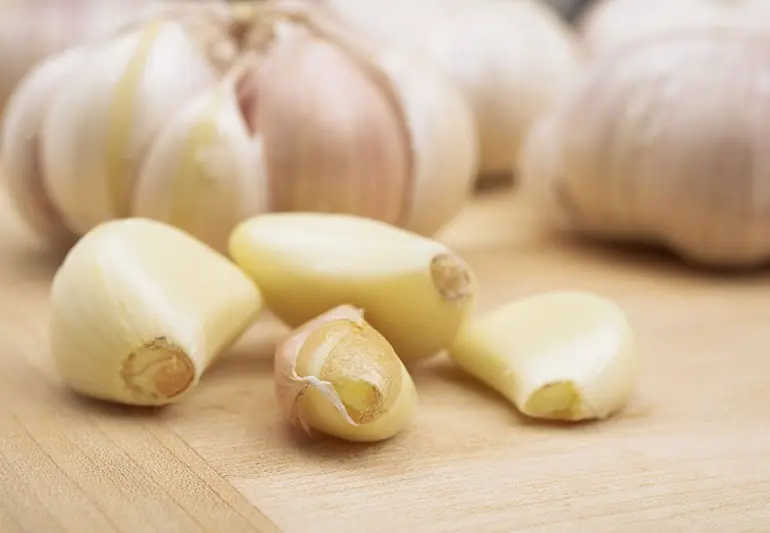
This Psychedelic Root from Brazil May Be Able to Treat Depression
In recent years, the search for effective treatments for depression has expanded beyond traditional pharmaceuticals and into the realm of natural remedies and psychedelics. One particularly intriguing discovery is a psychedelic root from Brazil, known as ayahuasca, which researchers believe may hold the key to treating severe and treatment-resistant depression. While controversial, this ancient Amazonian brew is gaining increasing attention in the scientific community for its powerful effects on the human mind.
Ayahuasca is traditionally made from two main plants: the Banisteriopsis caapi vine, often referred to as the “psychedelic root,” and the Psychotria viridis leaf, which contains DMT (dimethyltryptamine), a powerful hallucinogenic compound. When combined, the vine allows DMT to be orally active by inhibiting enzymes in the stomach that would otherwise break it down. The result is a potent psychoactive drink used for centuries by indigenous tribes in shamanic rituals aimed at spiritual healing and self-discovery.
What makes ayahuasca particularly interesting to modern researchers is its potential to treat depression, especially in patients who have not responded well to conventional medications. Clinical studies conducted in Brazil and other countries have found that even a single dose of ayahuasca can produce rapid and lasting antidepressant effects, often within hours of consumption.
A landmark study published in Psychological Medicine in 2019 showed that participants with treatment-resistant depression experienced significant improvements in mood just one day after taking ayahuasca. These improvements persisted for up to three weeks, and in some cases, even longer. Compared to the delayed onset of traditional antidepressants—which can take weeks or even months to work—ayahuasca’s fast-acting nature could offer a new hope for patients in urgent need.
So how does it work? Scientists believe that the combination of DMT and harmala alkaloids in ayahuasca stimulates neuroplasticity—the brain’s ability to reorganize itself by forming new neural connections. This can potentially help “rewire” dysfunctional patterns of thought and emotion that are common in depression. Additionally, ayahuasca sessions often involve intense introspective experiences, which may help individuals confront unresolved trauma, negative thought patterns, and emotional blockages.
However, ayahuasca is not a miracle cure, and it is not without risks. The psychedelic experience can be emotionally intense, sometimes involving fear, nausea, or disturbing visions. Experts stress the importance of taking ayahuasca in a controlled, therapeutic setting, ideally under the guidance of trained facilitators or therapists. There are also legal and ethical concerns: in many countries, DMT is classified as a Schedule I drug, meaning its use is highly restricted.
Still, the growing body of research suggests that this ancient Amazonian brew has real potential as a mental health treatment, especially for those who have exhausted other options. Several institutions, including universities in Brazil, Canada, and the United States, are now conducting further studies to better understand its effects and how it can be safely integrated into modern psychiatric care.
As the stigma surrounding psychedelics begins to fade, the conversation around plant-based medicine is evolving. Ayahuasca stands at the intersection of ancient tradition and modern science, offering not just a potential treatment for depression, but a new way of looking at mental health. While more research is needed, one thing is clear: this powerful root from Brazil is no longer just part of a ritual—it may soon be part of the future of healing.
News in the same category

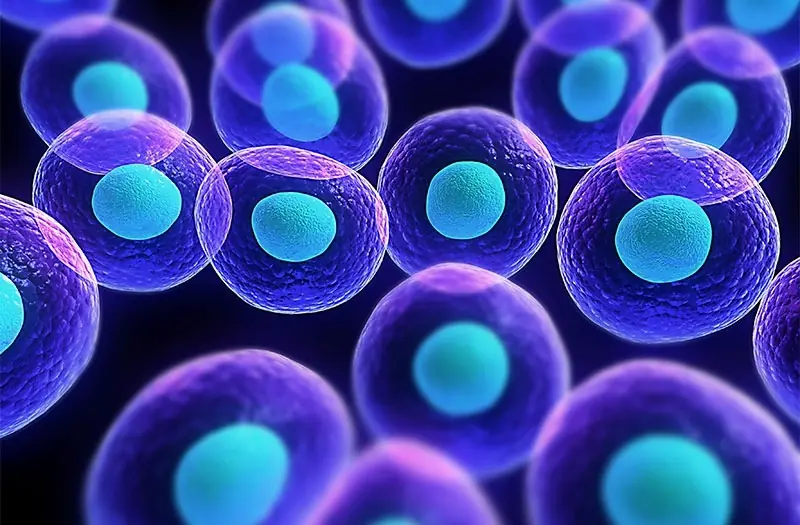
A recent study has uncovered a key switch in aging—and it all comes down to a structure inside your cells called the nucleolus

ScienceScientists Say Viral Infections Could Be The Hidden Cause Of Alzheimer’s — 30 Years Of Research Now Validated
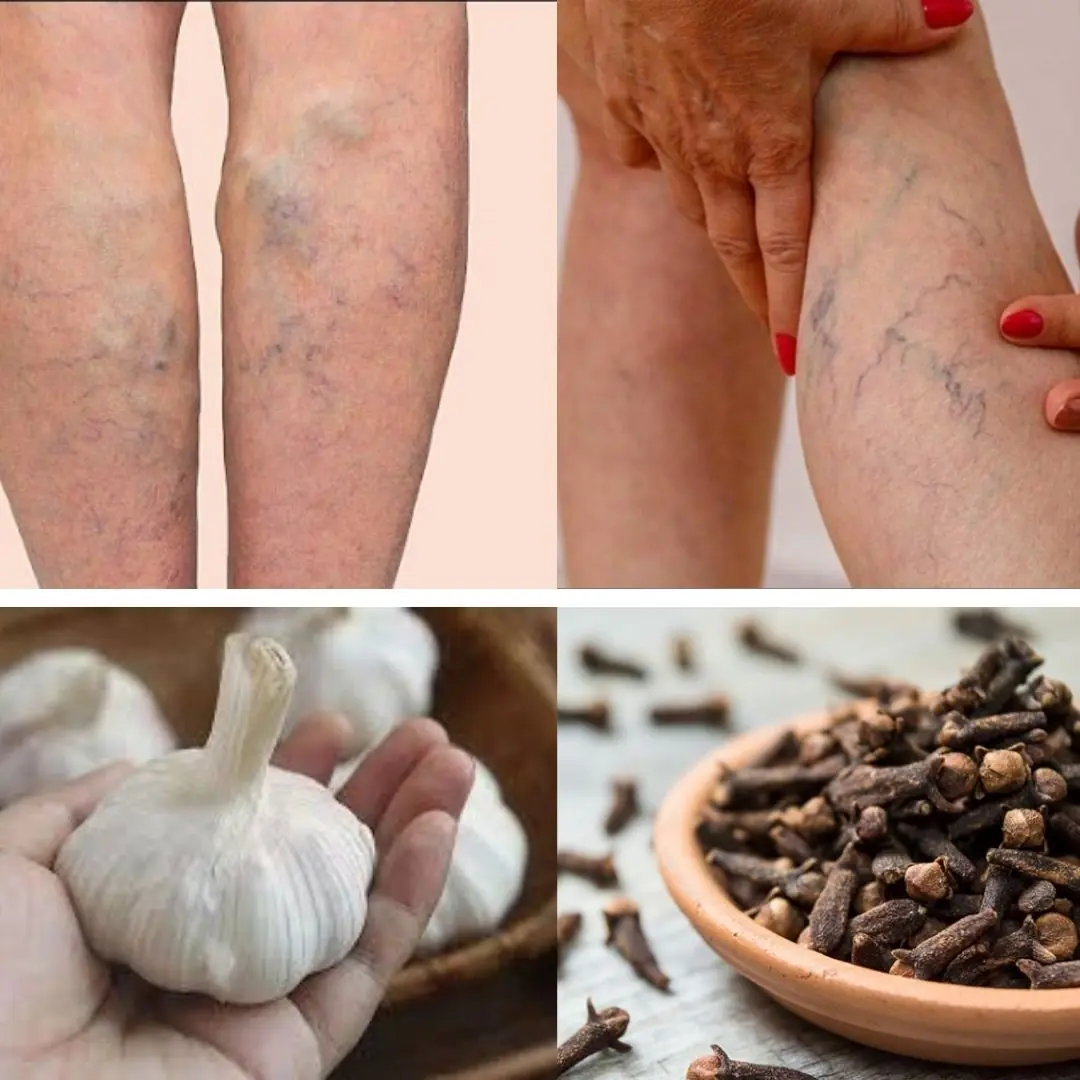
🧄🌿 Natural Remedy for Leg Pain, Rheumatism, Varicose Veins & Arthritis with Cloves and Garlic
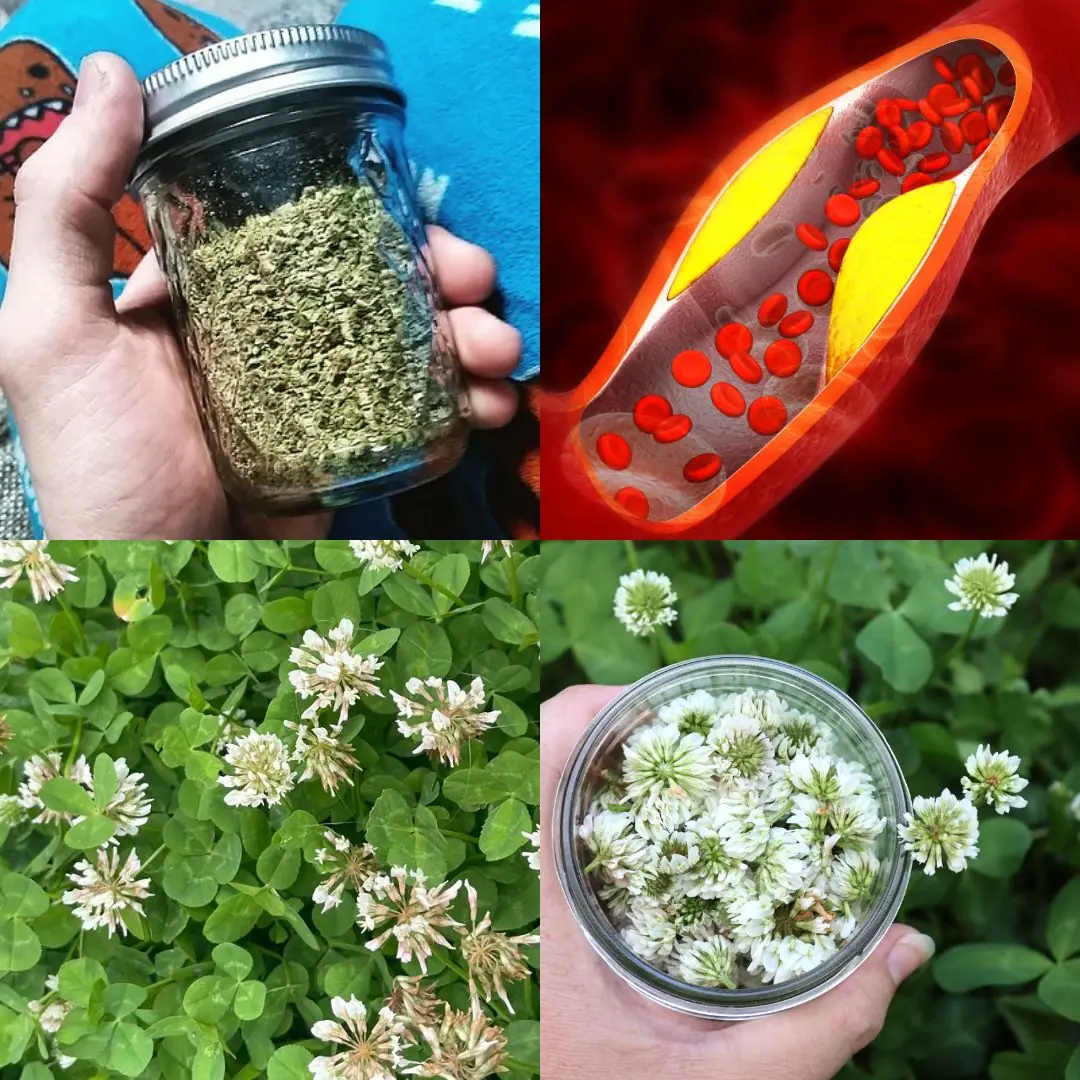
White Clover (Trifolium repens): 15 Benefits and Homemade Uses
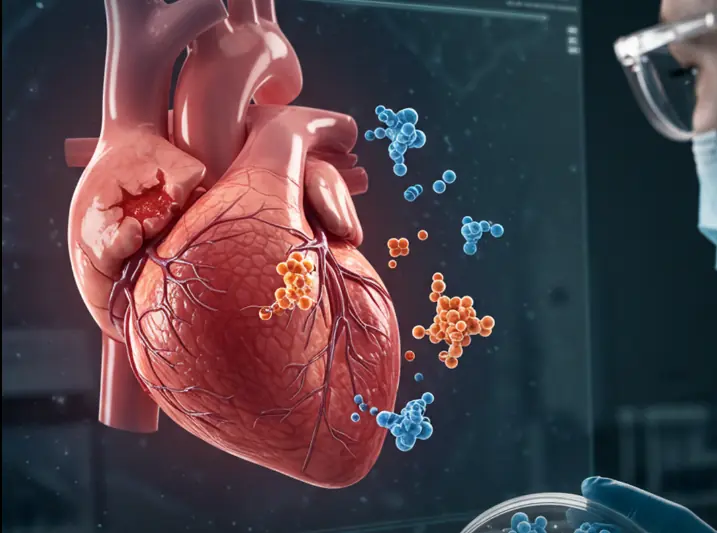
Breakthrough Protein Combo Could Heal Heart Damage and Regenerate Organs

Head Injuries May Reactivate Dormant Viruses and Trigger Alzheimer’s-Like Brain Damage
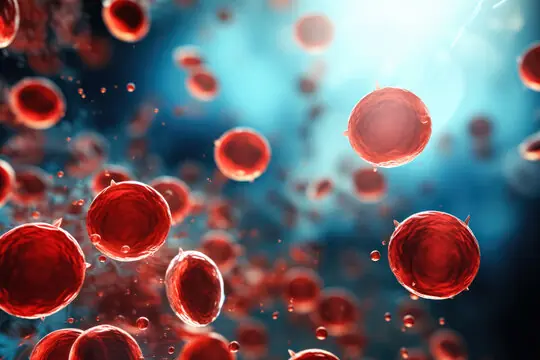
How Blood Production Changes After 70: New Research Reveals a Surprising Shift
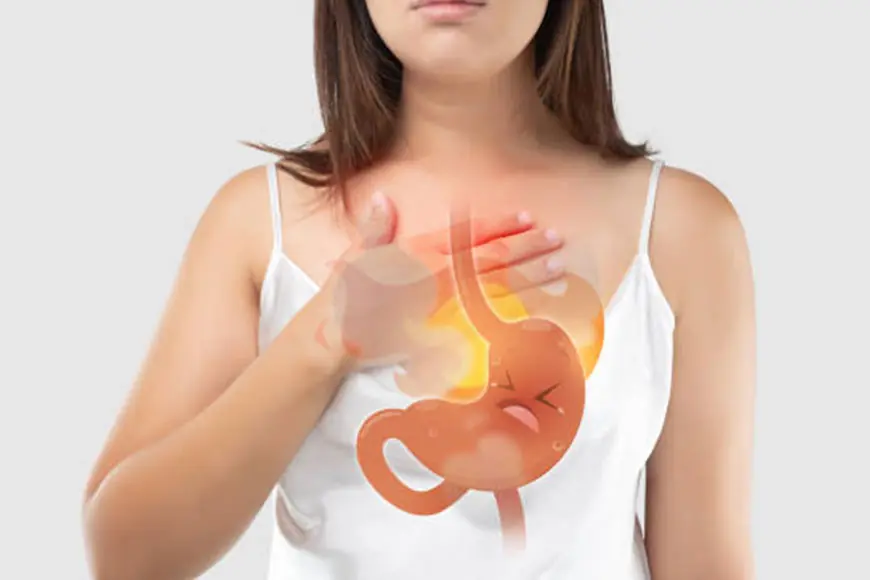
What Is Acid Reflux? Causes, Symptoms, and How to Prevent GERD
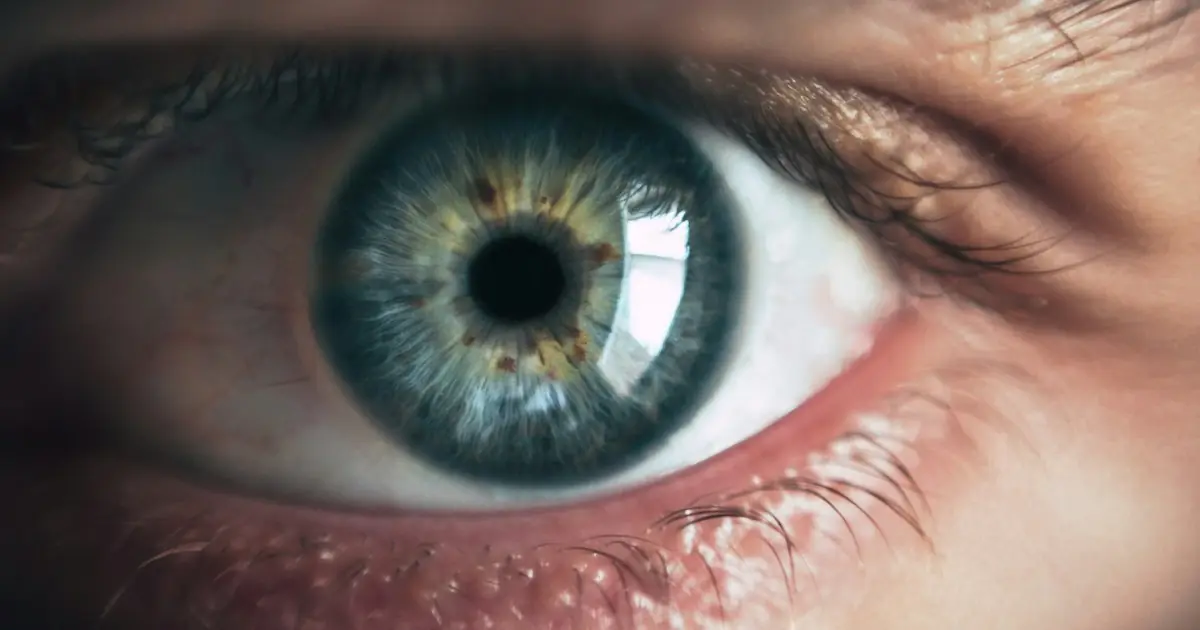
AI and Eye Scans: A Breakthrough in Fast, Accurate ADHD Diagnosis
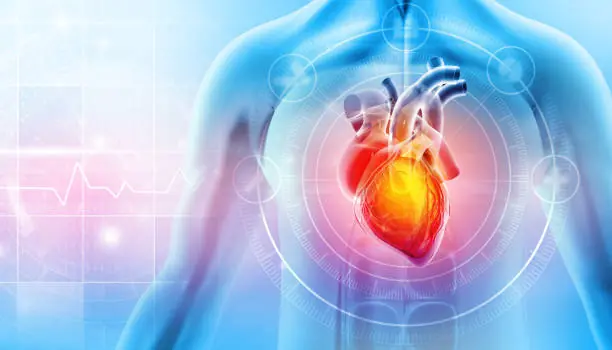
Early Signs of Heart Disease: What Chest Pain, Shortness of Breath, and Swollen Legs Could Mean
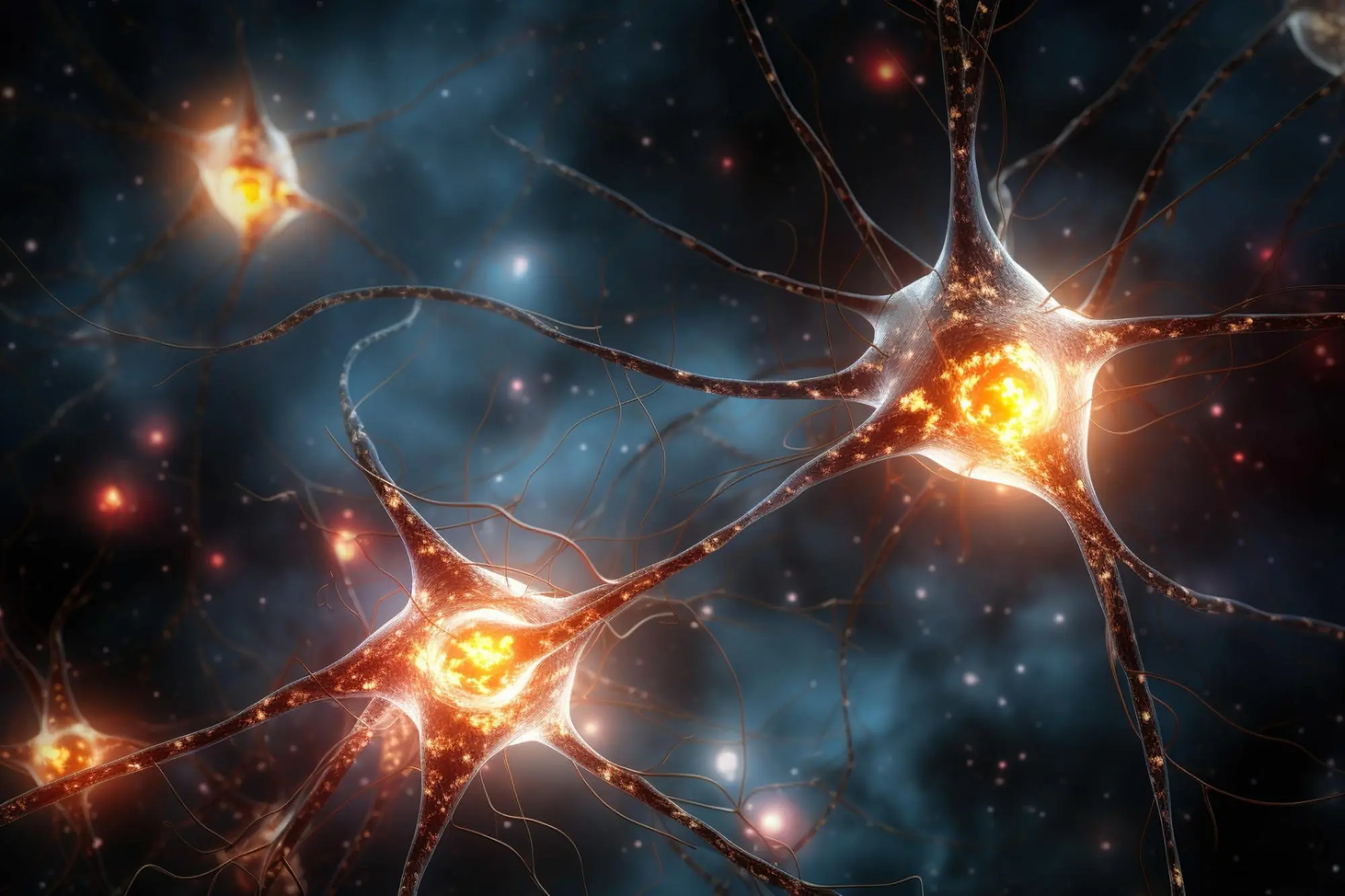
Groundbreaking Nanoparticle Technology Reverses Parkinson’s Disease in Stunning Study

Researchers Reveal How Long It Takes To Grow Muscle When Lifting Weights

Waking Up After 6 Hours of Sleep? Here's Why—and Whether It’s Enough
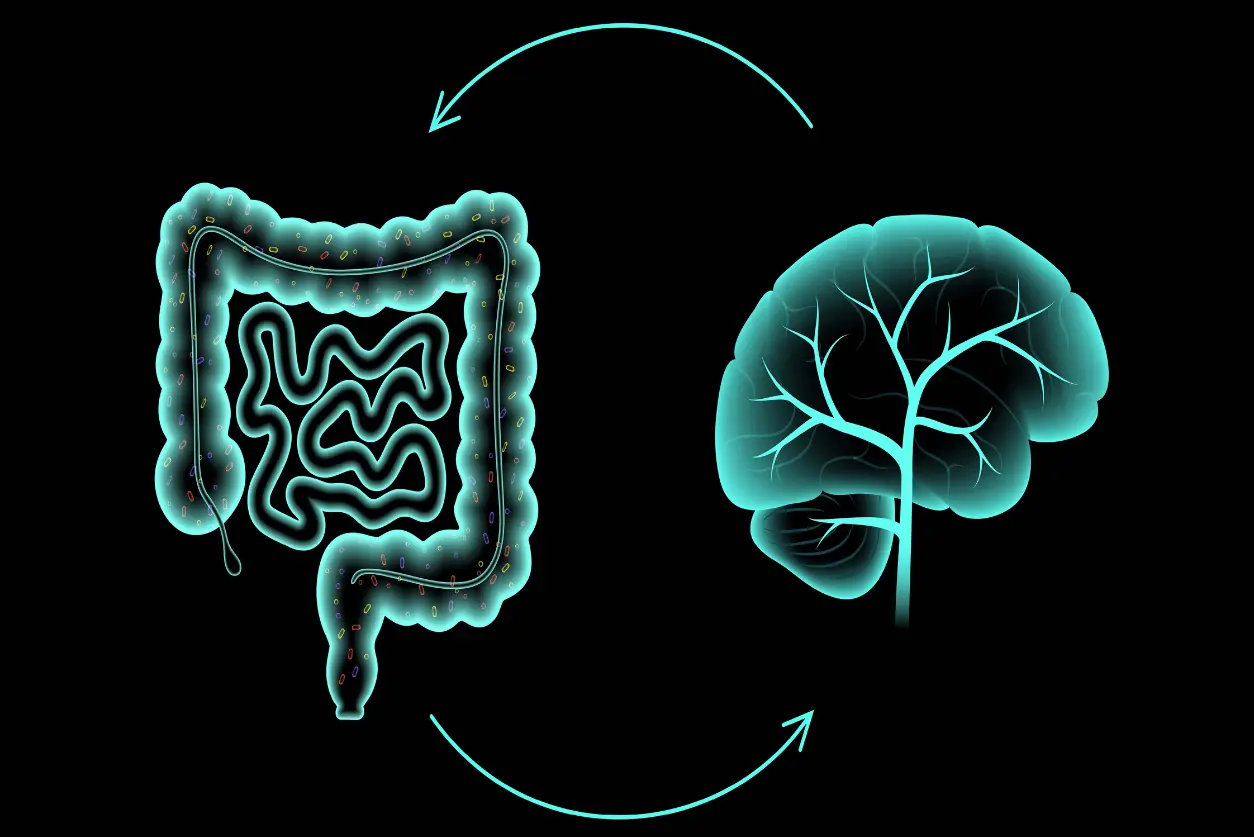
How Your Gut Bacteria Influence Your Mood, Thoughts, and Mental Health

The Hidden Cost of Anger: How One Minute of Rage Can Weaken Your Immune System for Hours

7 Benefits of Papaya Seeds & How to Consume Them Correctly

Cinnamon Tea: A Timeless Beverage for Health and Wellness
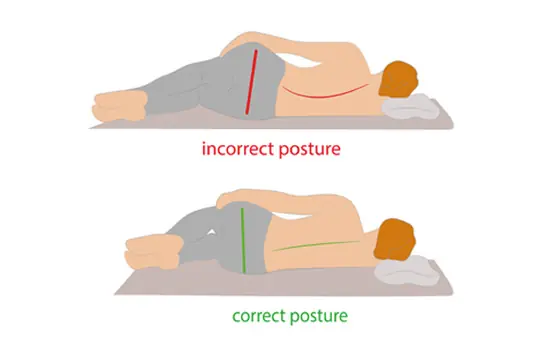
How Sleeping on Your Left Side Can Boost Your Health, According to Science
News Post

Lung Cleansing with a Powerful Natural Garlic Juice

A recent study has uncovered a key switch in aging—and it all comes down to a structure inside your cells called the nucleolus

ScienceScientists Say Viral Infections Could Be The Hidden Cause Of Alzheimer’s — 30 Years Of Research Now Validated

Greece Rocked By Massive Earthquake As Tsunami Warning Sparks Panic

Sun Unleashes Monster Flare As Scientists Say Earth Could Be Hit By Massive Solar Storm Tomorrow

🧄🌿 Natural Remedy for Leg Pain, Rheumatism, Varicose Veins & Arthritis with Cloves and Garlic

Modern House Fires Burn Faster: Why You May Have Only 3 Minutes to Escape

White Clover (Trifolium repens): 15 Benefits and Homemade Uses

A Mom of 7 Demanded My Deaf Grandpa Get Out of the Elevator—So I Brought Her Back to Reality

Could the Sahara Desert Power the Entire World with Solar Energy?

Breakthrough Protein Combo Could Heal Heart Damage and Regenerate Organs

Head Injuries May Reactivate Dormant Viruses and Trigger Alzheimer’s-Like Brain Damage

How Blood Production Changes After 70: New Research Reveals a Surprising Shift

My Ex-husband Got Our House, Car and All Our Money After Divorce – I Laughed Because That Was Exactly What I Planned

My Husband Cheated on Me With Secretary, Then Karma Crushed Him Back

My Husband Didn't Meet Me at the Hospital Discharge with Our Newborn – When I Found Out His Reason, I Went Pale

Mom of Quintuplets Can’t Pay For Groceries, Voice behind Says, ‘Your Bill Is Already Covered’
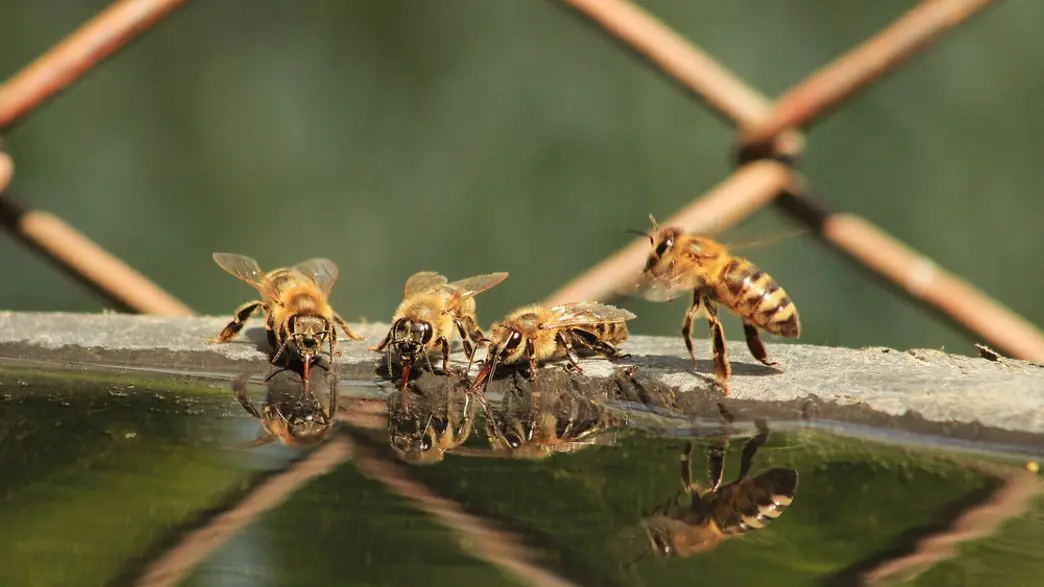
Drunk Bees? How Fermented Nectar Affects Honeybees in Australia
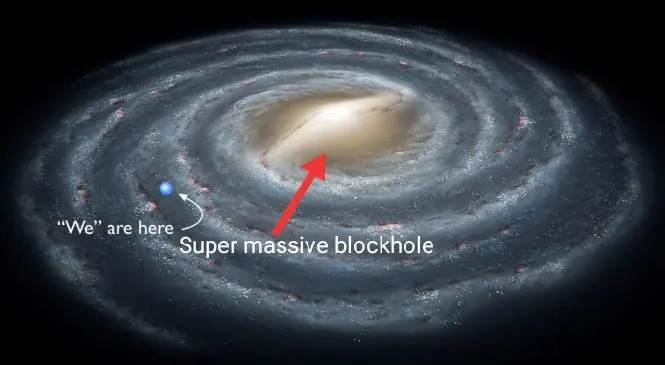
How Small Earth Is in the Universe—And Why That Should Inspire Us
